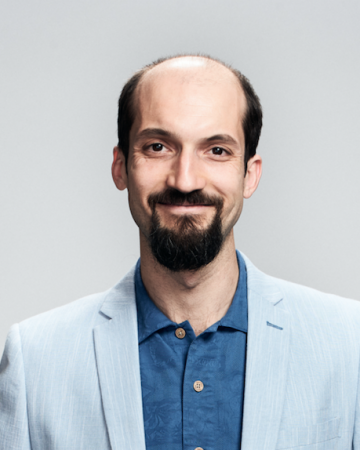Ctrl + Alt + Del: PTSD and Neuroplasticity
At a Glance
Discipline
- Social sciences
- Humanities
Instructional Level
- University
Tasks in Workflow
Social Plane(s)
- Individual
- Group
- Whole Class
Type of Tasks
- Collecting & seeking information
- Discussing
- Reviewing & assessing peers
- Debating
Technical Details
Useful Technologies
- Projector (optional)
Class size
- Small (20-49)
Time
- Multiple class periods (2-3 classes)
Instructional Purpose
- Application & knowledge building
Overview
In this activity, students debate whether mindfulness can effectively heal the brain after a traumatic experience to minimize negative mental health symptoms.
During Class 1, 3-5 students (depending on class size) are chosen as judges for the debate while the rest of the class is divided into two teams. The instructor then plays the first video clip to introduce students to the idea of stress, biological trauma, and what a traumatized person experiences. The instructor then poses the question: “can mindfulness therapy actually reverse physiological effects of trauma in the brain?” Students go home and research the topic to understand brain plasticity and trauma, and find evidence for their team’s viewpoint (Team 1 for, Team 2, against).
During Class 2, students get into their assigned team, and build their case with the evidence they have found. Each team chooses people to debate (2-3 rounds of debate/rebuttal, depending on class size and length, lasting 5 minutes each).
Judges make decision on who won the debate, and instructor debriefs the class to address any misconceptions about the brain and to answer student questions. Instructor then shows second video clip, and explains that the answer is probably a mix of both sides: mindfulness therapy may not be able to completely erase the physiological affects of trauma on the brain, but it can help to reduce to psychological effects experienced, allowing trauma survivors to be more grounded in the present.
Instructional Objectives
Students exercise critical thinking skills (researching for evidence), and learn to evaluate facts (debate) and create (rebuttle) counter-arguments. Ultimately, students should gain a deeper understanding of neuroplasticity through the subject lens of trauma.
Workflow & Materials

Activity Workflow
Applied Strategies
Published: 18/09/2018
Copyright: © 2024 Goldsmith and Brule. This is an open-access article distributed under the terms of the Creative Commons Attribution License (CC BY). The use, distribution or reproduction in other forums is permitted, provided the original author(s) and the copyright owner(s) are credited and that the original publication on this website is cited, in accordance with accepted academic practice. No use, distribution or reproduction is permitted which does not comply with these terms.



